Becker, Rachel A. 21 October 2015. “New Giant Tortoise Species Found on Galápagos Islands.” National Geographic > Weird & Wild. Retrieved October 24, 2015.
- Available @ http://news.nationalgeographic.com/2015/10/151021-galapagos-tortoise-new-species-animals-science/
Belluck, Pam. 21 October 2015. “New Species of Galápagos Tortoise Is Identified.” The New York Times > Science. Retrieved October 24, 2015.
- Available @ http://www.nytimes.com/2015/10/22/science/new-species-of-galapagos-tortoise-is-identified.html?_r=0
Casey, Michael. 22 October 2015. “New Species of Tortoise Found on Galapagos Island.” FoxNews > Science > Reptiles. Retrieved October 24, 2015.
- Available @ http://www.foxnews.com/science/2015/10/22/new-species-tortoise-found-on-galapagos-island.html
D’Estries, Michael. 22 October 2015. “New Galapagos Giant Tortoise Species Found Hiding in Plain Sight.” Mother Nature Network > Earth Matters > Animals. Retrieved October 24, 2015.
- Available @ http://www.mnn.com/earth-matters/animals/blogs/new-galapagos-giant-tortoise-species-found-hiding-plain-site
Dunham, Will. 21 October 2015. “Shell Game: New Species of Galapagos Giant Tortoise Identified.” Yahoo! News. Retrieved October 24, 2015.
- Available @ http://news.yahoo.com/shell-game-species-galapagos-giant-tortoise-identified-185408214.html;_ylt=AwrBT7zrOipWA7MAif9XNyoA;_ylu=X3oDMTEyam1iMGQ4BGNvbG8DYmYxBHBvcwM4BHZ0aWQDQjExNTFfMQRzZWMDc3I-
El Espectador (@elespectador). "(En imágenes) 'Chelonoidis donfaustoi', la nueva especie de tortuga gigante en Galápagos." 5:20 p.m. Oct. 21, 2015. Tweet.
- Available @ https://twitter.com/elespectador/status/656988356404867072
Feltman, Rachel. 23 October 2015. “New Species of Giant Tortoise Discovered in Galapagos.” WA Today > Environment > Animals. Retrieved October 24, 2015.
- Available @ http://www.watoday.com.au/environment/animals/a-new-species-of-giant-tortoise-was-just-discovered-in-the-galapagos-20151022-gkgi76.html
“Galapagos Giant Tortoise.” Galapagos Conservation Trust > Wildlife > Reptiles. Retrieved October 24, 2015.
- Available @ http://galapagosconservation.org.uk/wildlife/galapagos-giant-tortoise/
Geggel, Laura. 21 October 2015. “New Species of Giant Tortoise Found in the Galápagos.” Live Science > Animals. Retrieved October 24, 2015.
- Available @ http://www.livescience.com/52545-new-species-galapagos-tortoise.html
“Giant Tortoises.” Galapagos Conservancy > Biodiversity. Retrieved October 24, 2015.
- Available @ http://www.galapagos.org/about_galapagos/tortoises/
“Galapagos Researchers Find ‘Extinct’ Tortoises Are Still Alive.” FoxNews > Technology > January 15, 2012. Retrieved October 24, 2015.
- Available @ http://www.foxnews.com/tech/2012/01/15/galapagos-researchers-find-extinct-tortoises-are-really-alive-well.html
Hathaway-Yale, Bill. 22 October 2015. “Giant Tortoise in Galapagos Is a New Species.” Futurity > Sci-Tech > Science and Technology. Retrieved October 24, 2015.
- Available @ http://www.futurity.org/giant-tortoise-galapagos-1031632/
Hillen, Brittany. 22 October 2015. “New Galapagos Islands Tortoise Species Discovered.” SlashGear. Retrieved October 24, 2015.
- Available @ http://www.slashgear.com/new-galapagos-islands-tortoise-species-discovered-22411127/
Marris, Emma. 21 October 2015. “Genetics Probe Identifies New Galapagos Tortoise Species. Nature > News. Retrieved October 24, 2015.
- Available @ http://www.nature.com/news/genetics-probe-identifies-new-galapagos-tortoise-species-1.18611
Milliken, Grennan. 21 October 2015. “Discovered: A Brand-new Species of Giant Galapagos Tortoise.” Popular Science > Animals. Retrieved October 24, 2015.
- Available @ http://www.popsci.com/new-species-giant-galapagos-tortoise-is-discovered
“New Galapagos Giant Tortoise Species Found.” Sky News > Culture > Offbeat > 22 October 2015. Retrieved October 24, 2015.
- Available @ http://www.skynews.com.au/culture/offbeat/2015/10/22/new-galapagos-giant-tortoise-species-found.html
“A New Galapagos Giant Tortoise Species Is Named.” Galapagos Conservancy > Newsroom > October 21, 2015. Retrieved October 24, 2015.
- Available @ http://www.galapagos.org/newsroom/new-tortoise-species-named/
“New Giant Tortoise Species Identified on Galápagos Islands.” Newsmax > The Wire > 22 October 2015. Retrieved October 24, 2015.
- Available @ http://www.newsmax.com/TheWire/new-giant-tortoise-species/2015/10/22/id/697528/
“New Species of Giant Tortoise Discovered in Galapagos.” BBC News > Latin America & Caribbean > 22 October 2015. Retrieved October 24, 2015.
- Available @ http://www.bbc.com/news/world-latin-america-34600468
“New Species of Giant Tortoise Discovered on Galapagos Islands.” teleSURTV > News > Latin America > 21 October 2015. Retrieved October 24, 2015.
- Available @ http://www.telesurtv.net/english/news/New-Species-of-Giant-Tortoise-Discovered-on-Galapagos-Islands-20151021-0032.html
Nicholls, Henry. 21 October 2014. “Galapagos Gets a New Species of Giant Tortoise.” The Guardian > Science > Animal Magic. Retrieved October 24, 2015.
- Available @ http://www.theguardian.com/science/animal-magic/2015/oct/21/galapagos-new-species-giant-tortoise
Nuwer, Rachel. 21 October 2015. “New Species of Galapagos Tortoise Found on Santa Cruz Island.” Smithsonian > Science > Nature. Retrieved October 24, 2015.
- Available @ http://www.smithsonianmag.com/science-nature/new-species-galapagos-tortoise-found-santa-cruz-island-180957004/?no-ist
Poulakakis, Nikos; Edwards, Danielle L.; Chiari, Ylenia; Garrick, Ryan C.; Russello, Michael A.; Benavides, Edgar; Watkins-Colwell, Gregory J.; Glaberman, Scott; Tapia, Washington; Gibbs, James P.; Cayot, Linda J.; Caccone, Adalgisa. 21 October 2015. "Description of a New Galapagos Giant Tortoise Species (Chelonoidis; Testudines: Testudinidae) from Cerro Fatal on Santa Cruz Island." PLOS ONE, 2015 DOI: 10.1371/journal.pone.01387
“Scientists Identify New Galapagos Giant Tortoise Species.” Phys.Org > Biology > Ecology > October 22, 2015. Retrieved October 24, 2015.
- Available @ http://phys.org/news/2015-10-scientists-galapagos-giant-tortoise-species.html
Solano, Gonzalo. 21 October 2015. “New Species of Tortoise in Galapagos Claimed.” Business Insider. Retrieved October 24, 2015.
- Available @ http://www.businessinsider.com/ap-new-species-of-tortoise-in-galapagos-claimed-2015-10
Solano, Gonzalo. 21 October 2015. “There Is a New Giant Turtle on Galapagos.” U.S. News & World Report > News > Science. Retrieved October 24, 2015.
- Available @ http://www.usnews.com/news/science/news/articles/2015/10/21/new-species-of-tortoise-in-galapagos-claimed
Stannard, Ed., 21 October 2015. “New Tortoise Species Found in Galapagos; Yale Biologist in on Discovery.” New Haven Register > News. Retrieved October 24, 2015.
- Available @ http://www.nhregister.com/general-news/20151021/new-tortoise-species-found-in-galapagos-yale-biologist-in-on-discovery
SUNY College of Environmental Science and Forestry. 21 October 2015. “New Giant Tortoise Species Found in Galapagos.” Retrieved October 24, 2015.
- Available @ http://www.sciencedaily.com/releases/2015/10/151021151357.htm
- Available @ http://www.updatednews.ca/2015/10/22/new-giant-tortoise-species-in-galapagos/


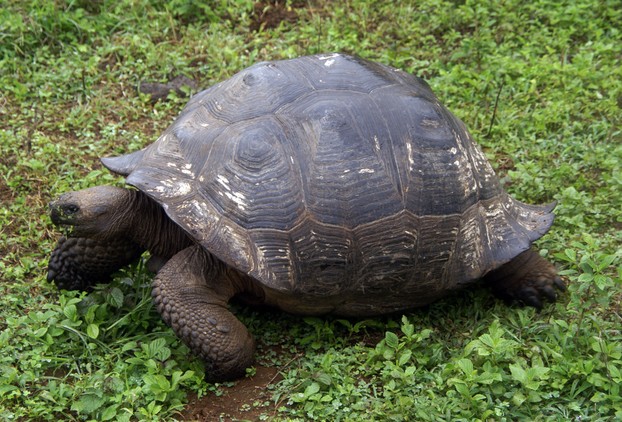
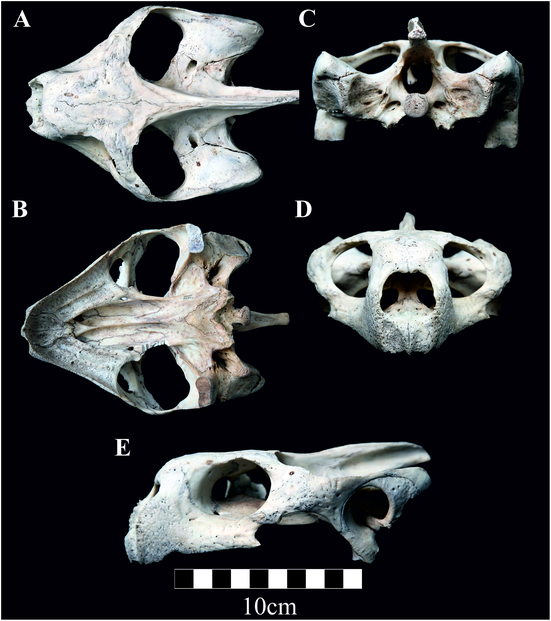
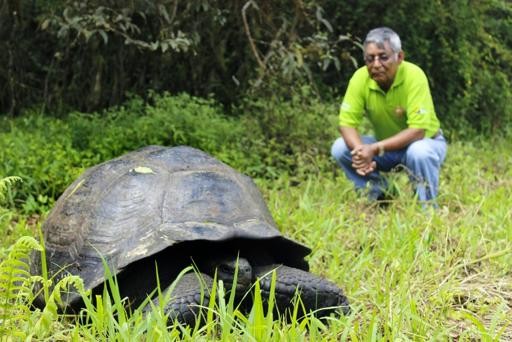
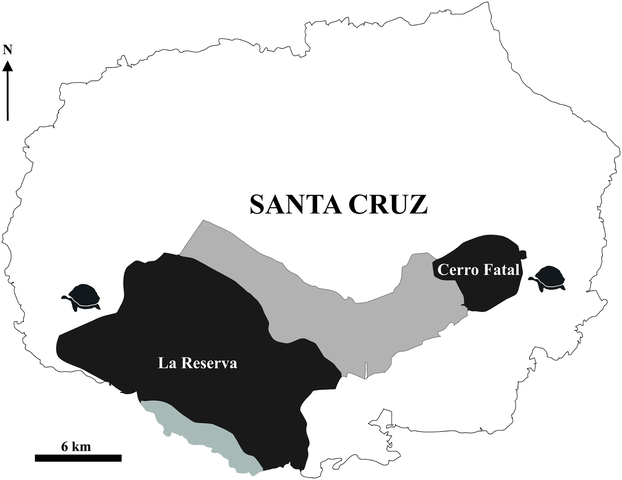
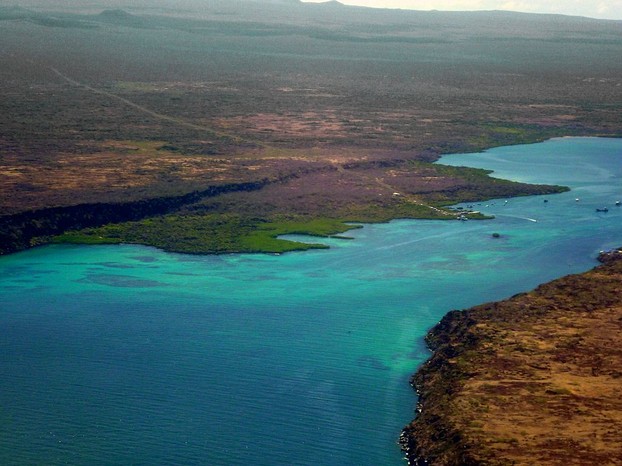


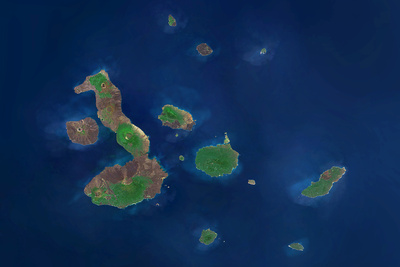

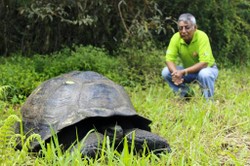

 Are Hawaiian Huakai Po Nightmarchers Avenging Halloween Thursday?on 10/02/2024
Are Hawaiian Huakai Po Nightmarchers Avenging Halloween Thursday?on 10/02/2024
 Mailing Addresses for 2023 Form 4868 Extending 1040 and 1040SR April 15, 2024, Due Dateon 04/15/2024
Mailing Addresses for 2023 Form 4868 Extending 1040 and 1040SR April 15, 2024, Due Dateon 04/15/2024
 Mailing Addresses for 2023 Forms 1040 and 1040SR Filed in 2024on 04/15/2024
Mailing Addresses for 2023 Forms 1040 and 1040SR Filed in 2024on 04/15/2024
 Mailing Addresses for 2022 Form 4868 Extending 1040 and 1040SR April 18, 2023, Due Dateon 04/13/2023
Mailing Addresses for 2022 Form 4868 Extending 1040 and 1040SR April 18, 2023, Due Dateon 04/13/2023

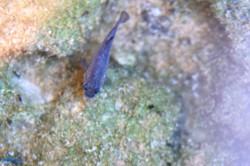
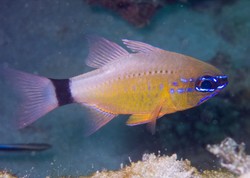
Comments
WriterArtist, Thank you for appreciating tortoise and turtle species. The spring peepers are out in the vernal pool behind the shed. I heard the first bluebird sing around the white pine today around 9 a.m. There's hope that I'll start seeing my eastern painted, eastern musk, snapping and woodland box turtles and eastern river cooters soon.
Slow and steady, some of the tortoise species are the longest living creatures on earth. Aren't they amazing? Having survived the struggle of one of the fittest species on the planet.
MBC, So many answers can be found, so many questions raised, and so much beauty found in Galápagos! Isn't Ecuador lucky in claiming them?!
Had a friend who went to the Galapagos, had a wonderful time! Thanks for another interesting article.
blackspanielgallery, They certainly are, even without considering how widespread they once were and what a super-reduced habitat they survive in now.
These are amazing creatures.